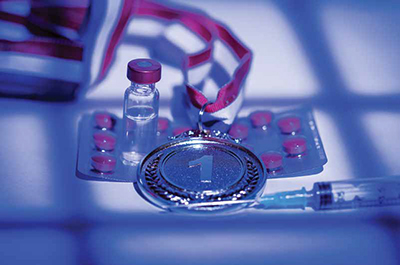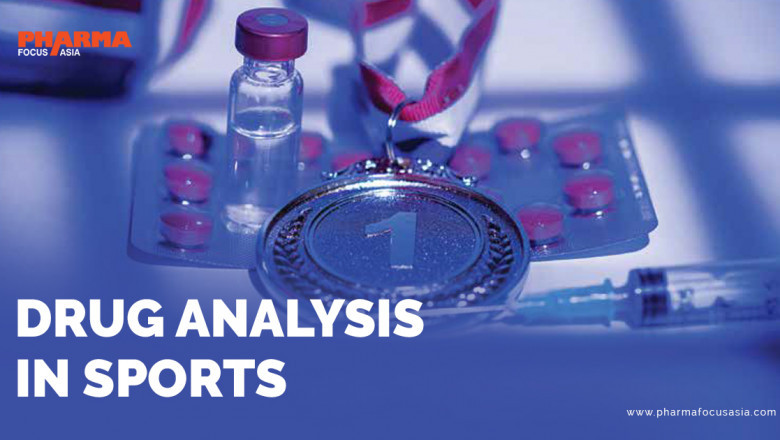views
DRUG ANALYSIS IN SPORTS
The aim of sports is to provide equal opportunities to all athletes to seek victory and fame. Hence, the use of performance-enhancing substances and methods has been prohibited not only to ensure fairness but also to protect athletes ‘health and safeguard the spirit of sport. Analytical chemistry is the backbone of the drug analysis methods being used in anti-doping and has the core function of having the most sensitive testing methods being specific at the same time. In addition, these drug analysis procedures are also designed to differentiate endogenous substances from their exogenously derived counterparts. The ongoing research on drug analysis in sports is about advancing the technical capabilities of the anti-doping laboratories. Advancements in instrumental sensitivity and capability to screen increasing numbers of compounds in a single method have also played a pivotal role in anti-doping laboratories.

Performance enhancement has featured in sports since ancient times. Doping seems to be as old as sports itself, although the word "doping" was introduced in the English dictionary for the first time in 1889. According to the International Olympic Committee (IOC), doping is the administration of or use by a competing athlete of any substance foreign to the body or any physiological substance taken in abnormal quantity or taken by an abnormal route of entry into the body with the sole purpose of increasing in an artificial and unfair manner his/her performance in competition. The drug analysis methods are designed for routine doping control to determine whether a prohibited substance is present in a doping control sample. From an outsider’s perspective, the process of doping control, spanning everything from receiving a urine or blood sample to reporting a violation of anti-doping rules, seems relatively straightforward. Nonetheless, a lot of brainpower goes into developing the process of drug analysis that the athletes’ samples go through.
Generally, urine samples are homogeneous mixtures containing many different substances, including water, urea, salt, and other electrolytes. The presence of other chemicals depends on a person’s diet, medication or supplements taken. The testing methods designed for drug analysis in an athlete’s sample are governed by the World Anti-Doping Agency (WADA). The main activities of WADA include scientific research, education, development of anti-doping capacities and monitoring the compliance with the World Anti-Doping Code. The World Anti-Doping Code includes the prohibited drugs list, which covers all the substances and methods banned from sports inand out of competition. The different compounds are divided in several classes, which are forbidden either out-/in-competition or only during competition.
For athletes, samples are analysed at one of 30 WADA-accredited laboratories, which covers a list of over 350 prohibited substances and methods in sports—updated every year—that samples are screened for. Doping control relies on the separation and identification of all of the substances present in a sample, as per the WADA prohibited list, whether they might be metabolites of a performance-enhancing drug or the confounding factors which can affect the results. To ensure reliability, repeatability and clean separations, different screening methods have been developed for each of the substances on the list. Most of the banned substances require qualitative analysis. For some specific compounds, it is difficult to distinguish between the social or therapeutic use and the misuse, and, therefore, threshold concentrations have been established. In other cases, the threshold is used to differentiate between physiological values and exogenous administration of the compound.

The analytics are divided into screening procedures and methods of confirmatory analysis. The aim of screening is to isolate suspicious samples for further analysis. In confirmation, samples are analysed with methods that provide unequivocal identification of the substances. Because of the large array of target compounds, many different analytical methods are used. Most methods are based on chromatography combined with mass spectrometry (MS). Analytical procedures have to be constantly improved and updated in order to keep pace with trends in substance abuse and to fulfill increasing quality requirements.
Discover more: https://www.pharmafocusasia.com/research-development/drug-analysis-in-sports






















Comments
0 comment